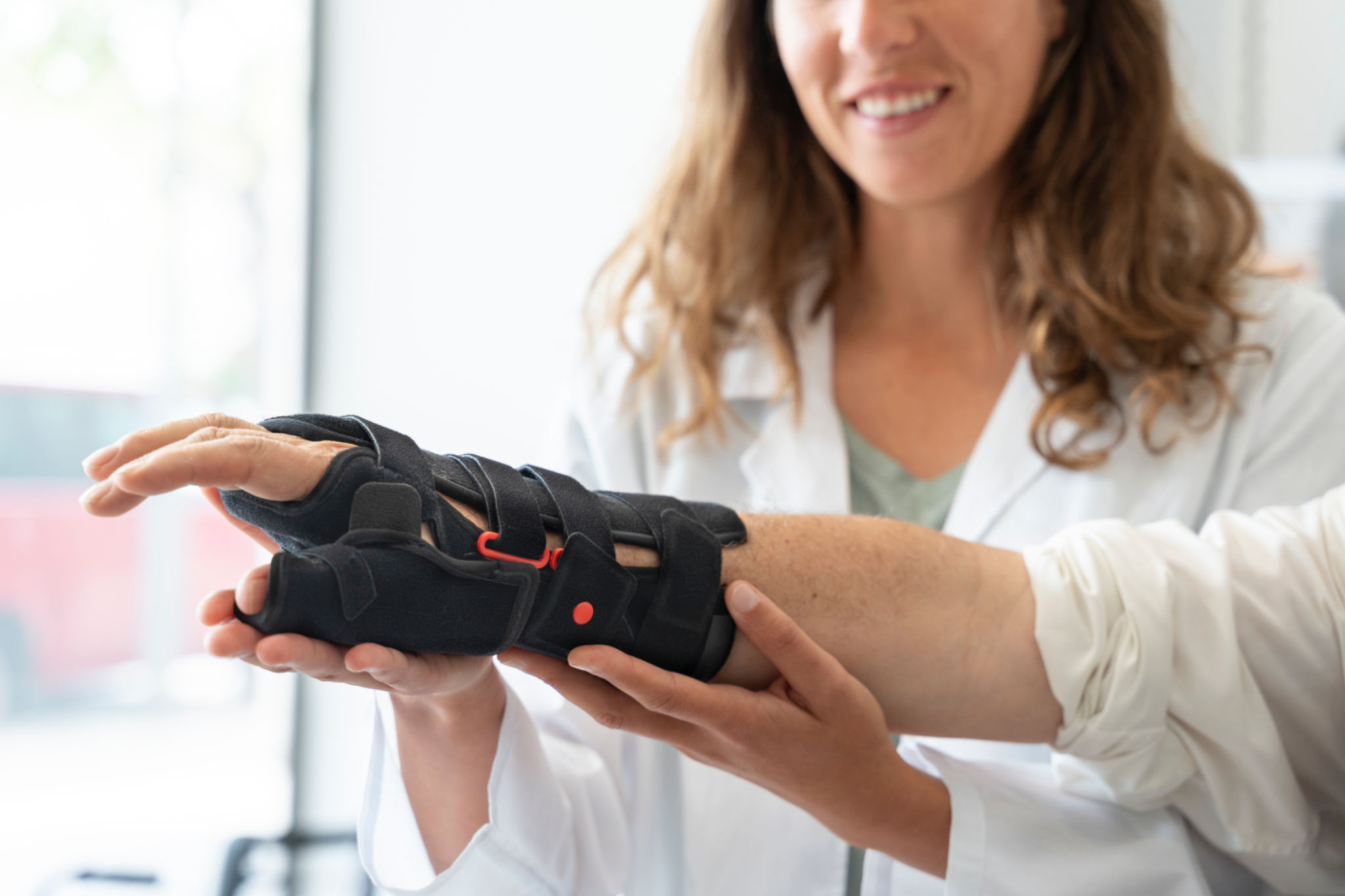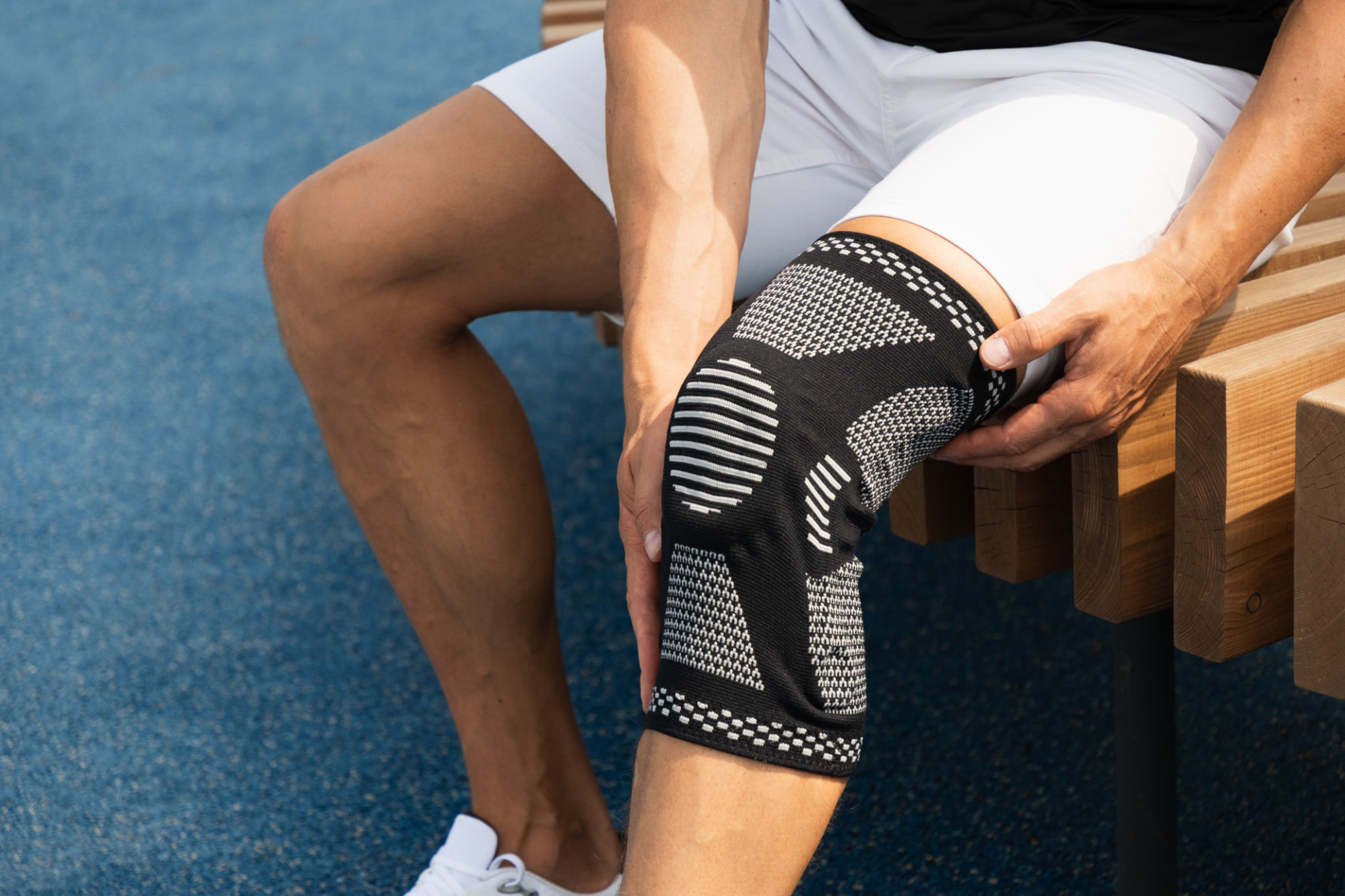Case Study: How User Feedback Improved Orthopaedic Product Design
Understanding the Importance of User Feedback
In the field of orthopaedic product design, user feedback is a crucial element that can significantly influence the development and enhancement of products. Gathering insights directly from end-users provides designers and manufacturers with invaluable information about how their products perform in real-world settings. This case study explores how one orthopaedic company leveraged user feedback to refine and improve their product offerings.
User feedback serves as a bridge between the theoretical design phase and practical application. It helps identify potential issues that may not be apparent during the initial design stages. By prioritizing user feedback, companies can ensure that their products meet the needs and expectations of their customers more effectively.

Initial Challenges in Product Design
Initially, the company faced several challenges with their knee brace product line. Customers reported discomfort during prolonged use, and some users experienced difficulty in adjusting the brace for a secure fit. These issues highlighted the need for a redesign that could accommodate a wider range of body types while enhancing comfort and usability.
The design team began by analyzing feedback from various channels, including online reviews, customer service inquiries, and direct user interviews. This comprehensive approach ensured that they captured diverse perspectives and experiences.
Implementing Changes Based on Feedback
After gathering extensive feedback, the company initiated a series of changes aimed at improving the knee brace design. Key modifications included:
- Adjustable straps to accommodate different leg sizes and shapes.
- Softer, breathable materials to enhance comfort during extended wear.
- Streamlined buckles for easier adjustment and a more secure fit.

These changes were implemented with the goal of addressing the most common user concerns. The design team also conducted prototype testing sessions with real users to observe how these modifications performed in practical scenarios.
Positive Outcomes and User Satisfaction
The impact of these changes was significant. Users reported increased satisfaction with the new knee brace design, noting improvements in both comfort and functionality. The redesigned product not only met but exceeded customer expectations, leading to an increase in positive reviews and customer loyalty.
Moreover, the company observed a decrease in return rates and customer complaints regarding this product line. This outcome underscored the effectiveness of incorporating user feedback into the design process.

Lessons Learned and Future Directions
This case study demonstrates the transformative power of user feedback in orthopaedic product design. By actively engaging with users and integrating their insights into the development process, companies can create products that better serve their customers' needs.
Moving forward, the company plans to continue prioritizing user feedback in all stages of product development. They are also exploring new technologies, such as digital surveys and wearable sensors, to gather even more detailed user data.
In conclusion, leveraging user feedback is not just about solving existing problems—it's about fostering a culture of continuous improvement and innovation. By doing so, companies can maintain a competitive edge and ensure long-term success in the market.
